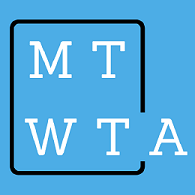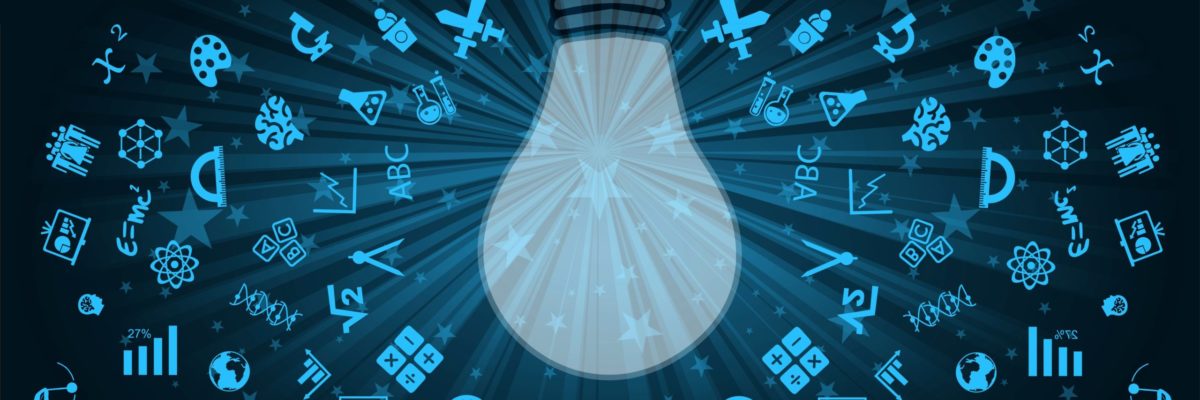As I have continued to develop and refine the innovation plan I have been working on as part of my graduate coursework, I’ve had the opportunity to learn from both the successes and the mistakes of others in their own innovation efforts. This research has led me to identify two key elements that I need to keep in mine as my innovation plan gets underway.
First and foremost, all the innovative ideas and groundbreaking initiatives in the world will be less than nothing if there is no clear reason or goal in implementing them. These new ideas and initiatives have to be means to an end, not the end themselves. I often discuss with my music students the concept that one’s technique should serve one’s art, not the other way around. The tools in the toolbox don’t determine what gets built; the thing that needs building dictates what tools are needed.
The second element, related to but distinct from the first, is that successful innovation comes from the ground up–it isn’t mandated from the top down. In much the same way that the deepest, most significant learning is learner-driven rather than instructor-dictated, the strongest innovation comes about when it is shaped by the teachers and students who are carrying it out, with facilitation and support from school administration.
I prepared a Google Slides presentation based on my research into these issues, comparing two school systems who attempted similar innovation with widely different results. Henrico County, the county in which I live and right next-door to Chesterfield County where I teach, instituted a 1:1 device initiative in 2001; Los Angeles Unified School District attempted a similar program in 2013. One program collapsed within two years; one is still thriving. My presentation examines the reasons why. (The link above provides access to Google Slides with speaker notes; click the settings gear on the slideshow to open the notes directly.)
I related these two key ideas more directly to my innovation plan in my literature review. My plan, on the surface, involves using online tools to help teachers learn about the creative process and about developing a growth mindset; at a deeper level, though, it attempts to create a new model of professional development for my district, based on the concepts of professional learning laid out by Gulamhussein in 2013. In short, my plan intends to treat teachers as learners, applying the same learning techniques to teachers that they themselves are attempting to implement in their classrooms.
Within my professional learning plan, a more detailed explanation of which can be found here, I’ve tried, and will continue to try, to take these two key ideas to heart. In my proposal, the digital audio software that teachers will be learning to use and the personally relevant artistic works they’ll be creating are not goals in and of themselves–while valuable and meaningful, they are tools that teachers will use to learn to reach the more significant personal achievement of developing a growth mindset and helping their students do the same. And rather than being told how to help their students do this, teachers will determine for and among themselves what this growth mindset development looks like in their own academic areas and classrooms, and how best to use and adapt the tools they have acquired to do this. This, I believe, is the only way these innovation practices will spread among teachers and students: creating a community of learners who drive learning toward its most significant accomplishments.
REFERENCES
Gulamhussein, A. (2013). Teaching the teachers: Effective professional development in an era of high stakes accountability. Center for Public Education. Retrieved from http://www.centerforpubliceducation.org/system/files/2013-176_ProfessionalDevelopment.pdf


